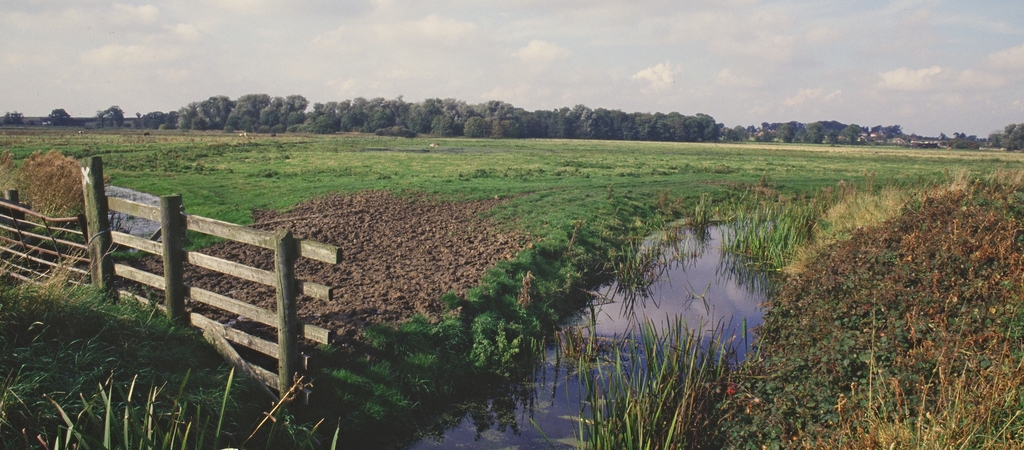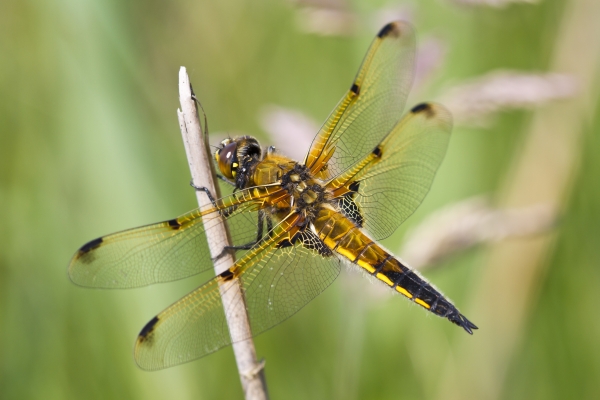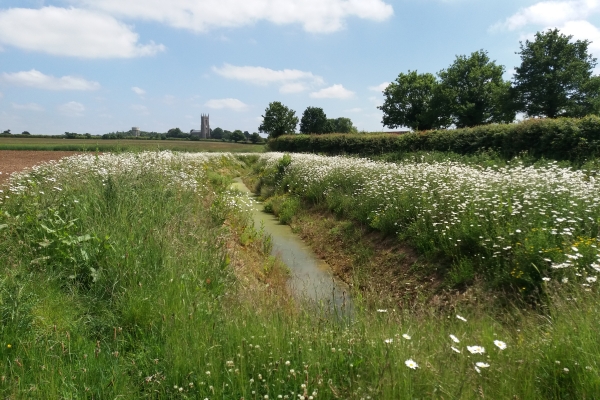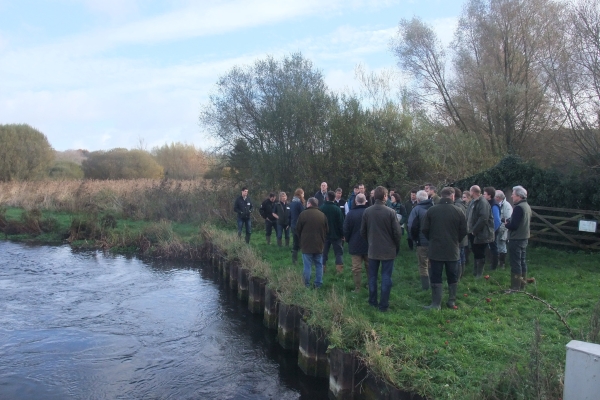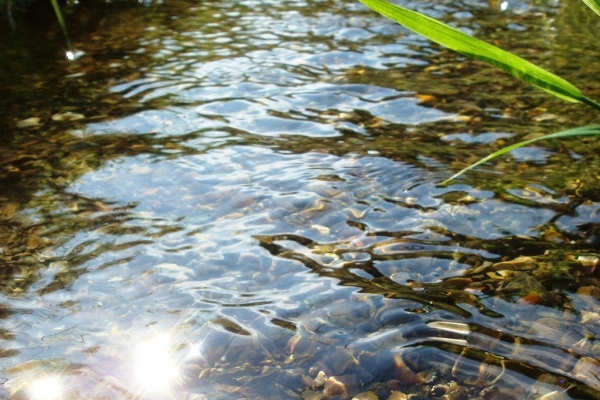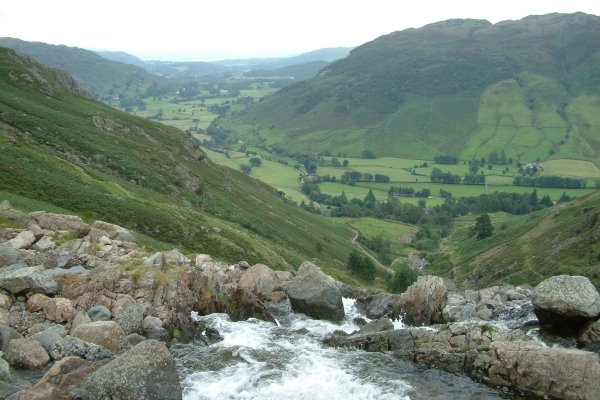Illustrated guide to water courses beside grassland
Natural England Technical Information Note TIN081
Resource explained
Intensive grazing, poaching and other soil disturbance can damage water quality and aquatic environments. This Technical Information Note produced by Natural England provides useful tips to help you manage watercourses and nearby vegetation and livestock in the most beneficial ways. It also describes farming practices that could cause contamination of water (such as intensive grazing adjacent to rivers and stream and polluting water with runoff from manure heaps), and therefore should be avoided. There is specific information on ditches and practical guidance given on the ways in which they should be managed. This includes an illustration and description of an ideal ditch profile and illustrations of an ideal ditch network and one that should be avoided. It also includes various management tips to help you ensure that you maintain good water quality and minimise disturbance to plant and animal species.
Findings & recommendations
- Intensive grazing, poaching and other soil disturbances can lead to water being contaminated with sediment containing soil, nutrients and pesticides.
- Vegetation can help stabilise stream and riverbanks and act as a barrier, preventing sediment from entering watercourses.
- Careful grazing management can help reduce soil compaction and surface water run-off. Keep intensive grazing and feeding sites away from watercourses and do not locate manure heaps where there is a risk of runoff polluting water.
- If you want your livestock to receive their water supply from a nearby watercourse, it is recommended that you install water troughs, drinking bays or stock operated pasture pumps.
- Keeping your livestock out of watercourses will reduce bacterial contamination. If your livestock frequently crosses a watercourse, consider restricting their access by installing stream culverts and fencing.
- Light grazing of ditches can help control coarse grasses, maintain open water and create trampled areas for plants and insects. However heavy grazing and poaching of margins should be avoided.
- Ditches should be cleaned out on rotation so that they represent a range of conditions i.e. recently cleared, well vegetated, and silted. To minimise disturbance to plants and animals, it is recommended that you carry out any work on ditches in the autumn.
